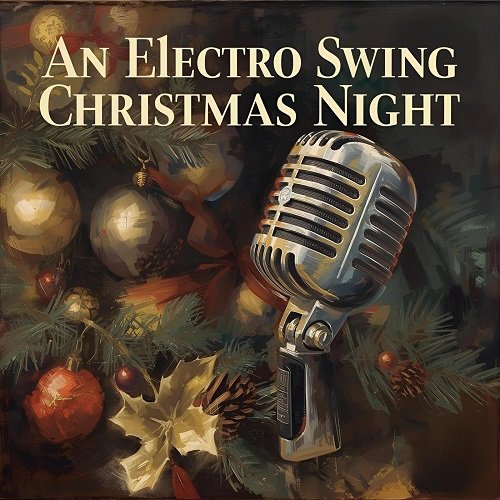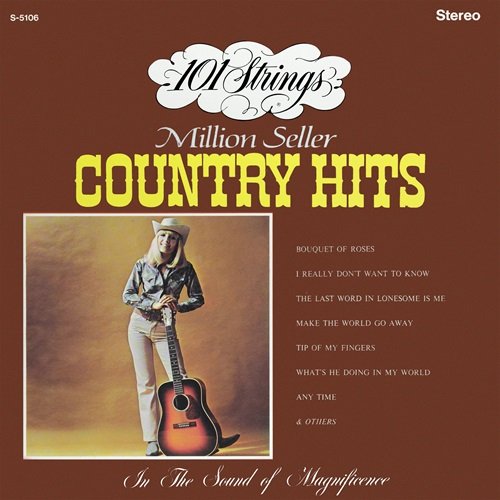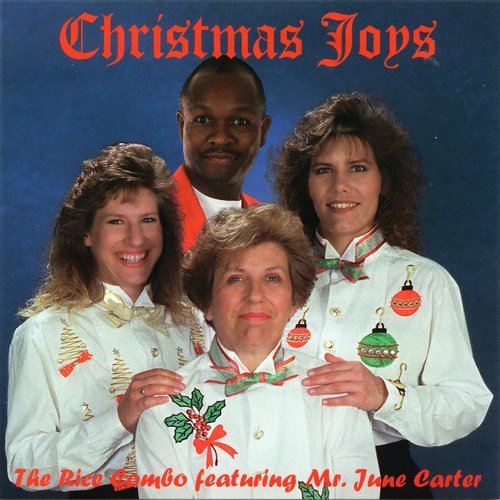Carlo Fierens - Napoléon Coste: Complete Guitar Works Vol. 5: Souvenirs (2024)
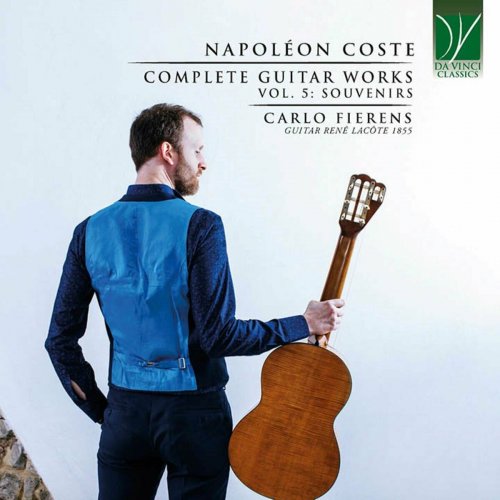
Artist: Carlo Fierens
Title: Napoléon Coste: Complete Guitar Works Vol. 5: Souvenirs
Year Of Release: 2024
Label: Da Vinci Classics
Genre: Classical
Quality: FLAC (tracks)
Total Time: 69:53 min
Total Size: 271 MB
WebSite: Album Preview
Tracklist:Title: Napoléon Coste: Complete Guitar Works Vol. 5: Souvenirs
Year Of Release: 2024
Label: Da Vinci Classics
Genre: Classical
Quality: FLAC (tracks)
Total Time: 69:53 min
Total Size: 271 MB
WebSite: Album Preview
01. Souvenirs de Flandres, Marche, 4 Valses et un Rondeau, Op. 5: I. Allegro
02. Souvenirs de Flandres, Marche, 4 Valses et un Rondeau, Op. 5: II. Adagio
03. Souvenirs de Flandres, Marche, 4 Valses et un Rondeau, Op. 5: III. Rondeau. Allegro
04. Souvenirs de Flandres, Marche, 4 Valses et un Rondeau, Op. 5: IV. Allegro con spirito
05. Souvenirs de Flandres, Marche, 4 Valses et un Rondeau, Op. 5: V. Andante un poco adagio
06. Souvenirs de Flandres, Marche, 4 Valses et un Rondeau, Op. 5: VI. Rondo. Allegretto grazioso
07. 16 Valses Favorites de Johann Strauss, Op. 7: I. NN. I-8
08. 16 Valses Favorites de Johann Strauss, Op. 7: II. NN. 9-16
09. 14 Pièces pour la Guitare, Op. 51: I. Barcarolle
10. 14 Pièces pour la Guitare, Op. 51: II. Marche
11. 14 Pièces pour la Guitare, Op. 51: III. Rondoletto
12. 14 Pièces pour la Guitare, Op. 51: IV. Andantino
13. 14 Pièces pour la Guitare, Op. 51: V. Valse
14. 14 Pièces pour la Guitare, Op. 51: VI. Rondeau
15. 14 Pièces pour la Guitare, Op. 51: VII. Menuet
16. 14 Pièces pour la Guitare, Op. 51: VIII. Valse
17. 14 Pièces pour la Guitare, Op. 51: IX. Chasse
18. 14 Pièces pour la Guitare, Op. 51: X. Melancolie
19. 14 Pièces pour la Guitare, Op. 51: XI. Rondeau
20. 14 Pièces pour la Guitare, Op. 51: XII. Andante. Menuet
21. 14 Pièces pour la Guitare, Op. 51: XIII. Pas Redoublé
22. 14 Pièces pour la Guitare in A Major, Op. 51: XIV. Barcarolle
23. Valse Favorite, Morceau de bravoure, Op. 46
Napoléon Coste was born on the 27th of June 1805 in Amondans in the department of Doubs in eastern France, a date that was not established until 1982. He grew up in the neighbourhood of Ornans, to which he later dedicated several compositions. In 1813 he was in the Dutch town of Delfzijl with his father, a captain in the French army, he passed the Zuiderzee and crossed the river Rhine. The memory of these places returned in his compositions, the Souvenirs. He started his career as a guitarist in 1826 in Valenciennes, where he lived as a youth, began to compose, and played in a concert with the travelling virtuoso Sagrini. At the end of 1828 he settled in Paris, where he stayed for almost the rest of his artistic career. There, in the centre of important musical developments, he joined the circles of musicians who originated from Valenciennes, and also of famous guitarists, among whom Sor became of great importance to him, as he studied harmony and counterpoint with him and became his friend, joining him in concerts. His life in Paris is expressed in several programmatic compositions, after Berlioz’ invention of musical drama.
He developed his artistic talent, participated in mixed concerts, where he played his own compositions, most of which were published by well-known publishers or by himself, chez l’auteur. His performance and compositions were praised in the upcoming musical journals of the time, but the guitar as an instrument was generally disdained, in such a way that it eventually disappeared from the musical scene during his lifetime. When Coste came to Paris, the guitar was very popular and was played at a high level, as can be seen in the many guitar methods of the time. But the instrument became popular among amateurs mostly, causing more artistic compositions to become difficult to publish. Therefore, Coste composed and arranged much popular music for pedagogical and commercial purpose. As a guitar teacher he has many pupils and he made a revision of Sor’s method in 1851, one of the last methods published in Paris, known as the Méthode Coste-Sor. He entered upper class musical society upon joining the Société académique des Enfants d’Apollon in 1841 and the musical freemasons’ lodge Les Frères Unis Inséparables in 1843, where he gave concerts on his heptacorde, the seven-string guitar made for him by the luthier Lacôte. Many of his compositions were meant for this instrument. The recordings of this compact disc are performed by Carlo Fierens on an original heptacorde made by René Lacôte in 1855, which matches the very same heptacorde Coste designed. His fame reached international level and he was visited in Paris by admirers from Stockholm, Copenhagen, Riga, and St. Petersburg. In 1856 the Russian guitar-playing nobleman Makaroff opened a contest for guitar composition and construction in Brussels. Coste sent in five compositions, out of which his Grande Sérénade opus 30 wan second prize, coming in after Mertz’s Concertino. He made no use of this laureate to travel through Europe as a guitar virtuoso, but returned to Paris, and also, to his own regret, to the job he had as an administrator at the municipality, from which he was pensioned in 1875. He had fewer pupils, had to publish his works by himself, and moreover injured his left shoulder twice, first in 1863, then again in 1874, but nevertheless he continued to perform in concerts.
His Éudes de Genre opus 38 were published by Richault c. 1872 and were dedicated to many of his pupils, among them Louise Olive Pauilhé, who he married in 1871, during the Prussian occupation of Paris. In his last years he still composed masterpieces as before, but also more didactic and easy pieces, which nevertheless are fine examples of his Romantic style. He died on 14 January 1883. His works were collected by admirers but disappeared from the concert repertoire. Only a few of his studies remained well known among guitarists, until Simon Wynberg publishes his complete works in 1981, opening up new attention for his oeuvre, that appears more and more in concert life since that time. This is becoming evident in the present series of recordings by Carlo Fierens
He developed his artistic talent, participated in mixed concerts, where he played his own compositions, most of which were published by well-known publishers or by himself, chez l’auteur. His performance and compositions were praised in the upcoming musical journals of the time, but the guitar as an instrument was generally disdained, in such a way that it eventually disappeared from the musical scene during his lifetime. When Coste came to Paris, the guitar was very popular and was played at a high level, as can be seen in the many guitar methods of the time. But the instrument became popular among amateurs mostly, causing more artistic compositions to become difficult to publish. Therefore, Coste composed and arranged much popular music for pedagogical and commercial purpose. As a guitar teacher he has many pupils and he made a revision of Sor’s method in 1851, one of the last methods published in Paris, known as the Méthode Coste-Sor. He entered upper class musical society upon joining the Société académique des Enfants d’Apollon in 1841 and the musical freemasons’ lodge Les Frères Unis Inséparables in 1843, where he gave concerts on his heptacorde, the seven-string guitar made for him by the luthier Lacôte. Many of his compositions were meant for this instrument. The recordings of this compact disc are performed by Carlo Fierens on an original heptacorde made by René Lacôte in 1855, which matches the very same heptacorde Coste designed. His fame reached international level and he was visited in Paris by admirers from Stockholm, Copenhagen, Riga, and St. Petersburg. In 1856 the Russian guitar-playing nobleman Makaroff opened a contest for guitar composition and construction in Brussels. Coste sent in five compositions, out of which his Grande Sérénade opus 30 wan second prize, coming in after Mertz’s Concertino. He made no use of this laureate to travel through Europe as a guitar virtuoso, but returned to Paris, and also, to his own regret, to the job he had as an administrator at the municipality, from which he was pensioned in 1875. He had fewer pupils, had to publish his works by himself, and moreover injured his left shoulder twice, first in 1863, then again in 1874, but nevertheless he continued to perform in concerts.
His Éudes de Genre opus 38 were published by Richault c. 1872 and were dedicated to many of his pupils, among them Louise Olive Pauilhé, who he married in 1871, during the Prussian occupation of Paris. In his last years he still composed masterpieces as before, but also more didactic and easy pieces, which nevertheless are fine examples of his Romantic style. He died on 14 January 1883. His works were collected by admirers but disappeared from the concert repertoire. Only a few of his studies remained well known among guitarists, until Simon Wynberg publishes his complete works in 1981, opening up new attention for his oeuvre, that appears more and more in concert life since that time. This is becoming evident in the present series of recordings by Carlo Fierens
![Nighthawks - Paris Dakar (2025) [Hi-Res] Nighthawks - Paris Dakar (2025) [Hi-Res]](https://www.dibpic.com/uploads/posts/2025-12/1767093398_folder.jpg)
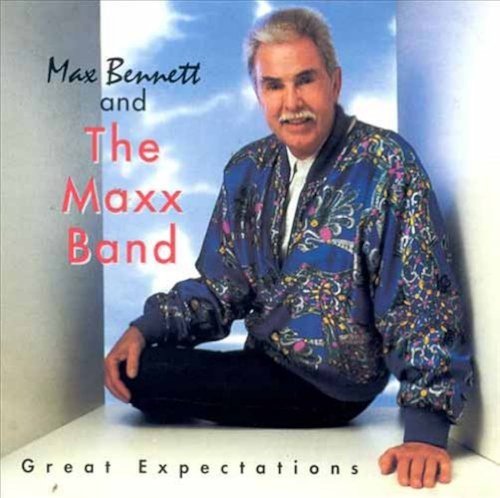

![Johannes Arzberger - Rebirth (2025) [Hi-Res] Johannes Arzberger - Rebirth (2025) [Hi-Res]](https://img.israbox.com/img/2025-12/29/83zqlzou5l7cgdoiuiy231rth.jpg)
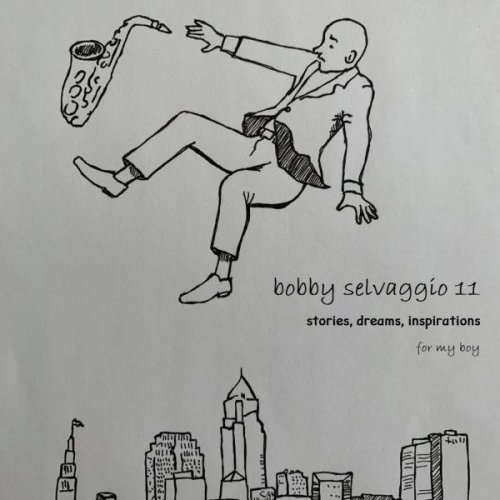
![Victoria Port - Barefoot In The Garden (2025) [Hi-Res] Victoria Port - Barefoot In The Garden (2025) [Hi-Res]](https://img.israbox.com/img/2025-12/29/ewzd0szcsnv1f02bzk1gno02h.jpg)
